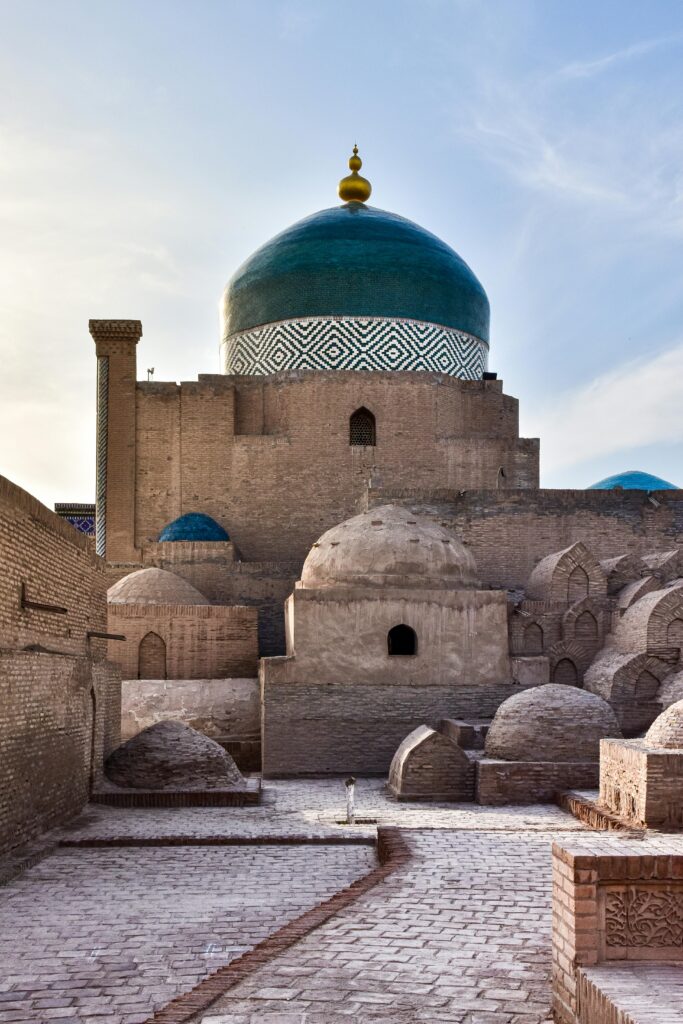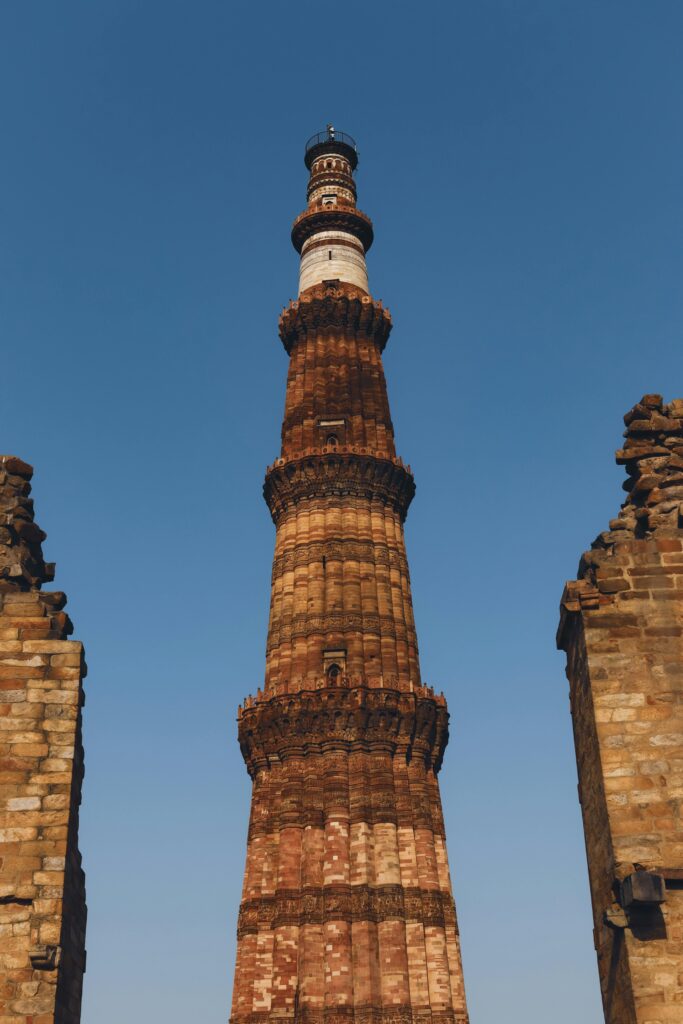Objective: To provide clear, accurate, and student-friendly solved questions and answers from the ICSE Class 7 chapter Vijayanagara and Bahmani Kingdoms, helping students revise quickly and prepare confidently for exams.
The story of medieval India becomes truly fascinating with the rise of the Vijayanagara and Bahmani kingdoms. Their grand architecture, strong administration, and cultural contributions are important parts of our history. But when it comes to preparing for exams, remembering all the facts and answering questions can get a little confusing.
That’s why this blogpost is here—to make your studies easier! We’ve compiled well-structured, easy-to-understand answers to all the important questions from this chapter. Whether you’re brushing up before a test or completing your homework, these solved Q&As are your go-to revision companion. Let’s explore the richness of these kingdoms—one answer at a time!
A. Answer the following questions:
1. When and why was the Battle of Talikota fought?
Ans: The Battle of Talikota was fought on January 23, 1565, between the Vijayanagara Empire and the combined forces of the Deccan Sultanates (Bijapur, Ahmadnagar, Golconda, and Bidar). It was fought to curb Vijayanagara’s growing power. The battle resulted in the downfall of the Vijayanagara Empire, as the Sultanates defeated and plundered its capital, Hampi.
2. What did Krishnadeva Raya do for the welfare of the people?
Ans: Krishnadeva Raya, the greatest ruler of the Vijayanagara Empire, worked for the welfare of his people by:
- Constructing irrigation tanks for agriculture.
- Promoting trade and commerce.
- Establishing a strong administration.
- Encouraging art and literature, especially in Telugu, Kannada, and Sanskrit.
- Ensuring a fair and just governance system.
3. What was the role of Mahmud Gawan in making the Bahamani kingdom strong?
Ans: Mahmud Gawan played a key role in strengthening the Bahamani Kingdom by:
- Expanding the kingdom’s territories through military campaigns.
- Introducing land revenue reforms.
- Promoting Persian culture and education by setting up a madrasa in Bidar.
- Strengthening the navy to improve trade.
- Improving administration by dividing the kingdom into efficient provinces.
4. What were the sources of revenue for the Vijayanagara kings?
Ans: The main sources of revenue in the Vijayanagara Empire were:
- Land tax, which was the primary source.
- Trade tax on both inland and foreign trade.
- Customs duties on goods at ports.
- Taxes on artisans and industries.
- Tributes from vassal states and conquered regions.
5. What were the administrative divisions in the Vijayanagara kingdom?
Ans: The Vijayanagara Empire had a well-organized administration with the following divisions:
- Raya (King) – Supreme ruler.
- Nayakas – Provincial governors.
- Mandalam – Large provinces.
- Nadu – Districts.
- Grama – Villages governed by local officials.
6. What was the position of women under the Vijayanagara rulers?
Ans: Women enjoyed a respectable position under Vijayanagara rulers. Many were educated and participated in literature, music, and administration. Women warriors were also part of the army. However, social evils like Sati and child marriage existed in society.
You can have a look on The French Revolution
You can also read the Study Guide on The Gupta Empire
7. What were the causes of the downfall of the Bahamani kingdom?
Ans: The main causes of the decline of the Bahamani kingdom were:
- Constant wars with Vijayanagara.
- Weak successors after strong rulers.
- Internal conflicts between nobles.
- Disintegration into five Deccan Sultanates by the late 15th century.
8. Why do we say that the rulers of Vijayanagara were great patrons of art and architecture?
Ans: Vijayanagara rulers promoted art and architecture, which is evident in:
- The magnificent Hampi temples, such as the Virupaksha Temple and Vittala Temple.
- The Lotus Mahal and Stone Chariot.
- The influence of Dravidian and Indo-Islamic architecture.
- Patronage of sculptors and painters.
9. Why was it important for both Bahmani and Vijayanagara kingdoms to hold on to Goa and the western coast?
Ans: Goa and the western coast were important because:
- They were major trade centers for spices, horses, and textiles.
- Controlling these regions meant access to Arabian Sea trade routes.
- It helped maintain economic prosperity.


